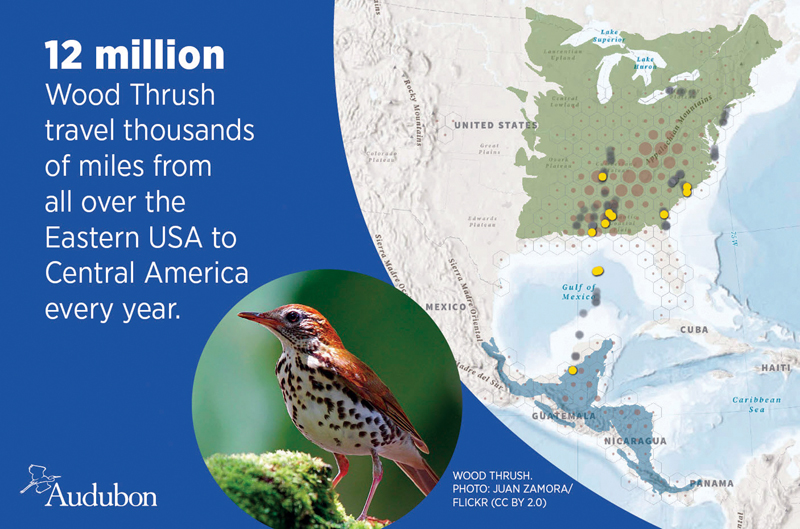
News from the Noteworthy from Delaware-Otsego Audubon Society
Advocacy an Important Part of Audubon
The most visible activities of Audubon Chapters include public presentations and bird walks or, as in the case at Delaware-Otsego Audubon Society, additional work such as bird counts and research programs that revolve around birds of prey. These efforts can be the impetus for people’s interest in these topics and often lead to greater levels of involvement through membership, financial support or signing up as a volunteer. Programs lead to engagement, and the more engaged people are, the more likely they are to care about and protect our environment.
The Chapter work that often goes unseen is environmental advocacy. The National Audubon Society has its roots in coalescing people around bird conservation and working to support laws that protect birds. The Audubon Society was established in 1905 in response to widespread uncontrolled killing of birds each year for the use of their feathers in fashion-of-the-day attire. (In 1886, the American Ornithologist Union estimated that five million North American birds were killed each year for millinery purposes.). Audubon was the driving force behind creating and passing the Migratory Bird Treaty Act in 1918, legislation that has protected birds in the U.S. for more than 100 years.
Our own Chapter, Delaware-Otsego Audubon Society, has a strong and active history in advocacy work. The organization has exhibited at the Earth Festival in Milford each year, often with materials for letter-writing campaigns to decision-makers. That tradition will continue in 2024 with materials on hand to support the Neotropical Migratory Bird Conservation Act.
Today, research shows that our bird populations have declined by 2.9 billion birds between 1970 and 2018. The impacts expected in the future as a result of climate change pose a dire risk to many of our most common birds. We need to protect birds at home and also in the places where they winter, as well as important stopover sites in other countries along their flyways. Healthy bird populations are critical to New York’s ecosystems. They help with pest control, seed dispersal, pollination and more. Birds strengthen our economy. A U.S. Fish & Wildlife Service survey found that over 96 million people in the U.S. participated in bird watching in 2022. Consumer spending on birdwatching generates almost $100 billion annually in economic output in the U.S.
The NMBCA, established in 2002, is a grant program that has been a keystone for providing funding for bird conservation through partnerships across the western hemisphere. The Migratory Birds of the Americas Conservation Enhancements Act (HR 4389 https://www.congress.gov/bill/118th-congress/house-bill/4389) has been introduced in the U.S. House to enhance the NMBCA by reauthorizing the program and growing its funding level to $10 million, and making program updates. The legislation would improve accessibility and management of the program by easing matching requirements and raising the cap on administrative support from 3 to 4 percent.
The spring birds that we will enjoy in the coming weeks need to be protected all along their flight paths. The large New York Congressional delegation is important and each member’s vote—including those of Representatives Molinaro and Stefanik—is vital to getting this policy passed this session. DOAS asks our area residents to urge members of Congress to cosponsor the Migratory Birds of the Americas legislation and to support fully funding NMBCA appropriations in FY24. To submit an easy, online letter, go to https://act.audubon.org/a/nmbca-2024?ms=R12. Residents can also call their representative and leave a message. Contact information can be found at the DOAS website at https://doas.us/how-to-contact-your-elected-officials/. DOAS will also have postcards available to fill out at their Earth Festival exhibit on April 20 from 10 a.m. to 3 p.m. at Milford Central School.
Susan O’Handley is a Delaware-Otsego Audubon Society board member and DOAS education and publicity chair.

